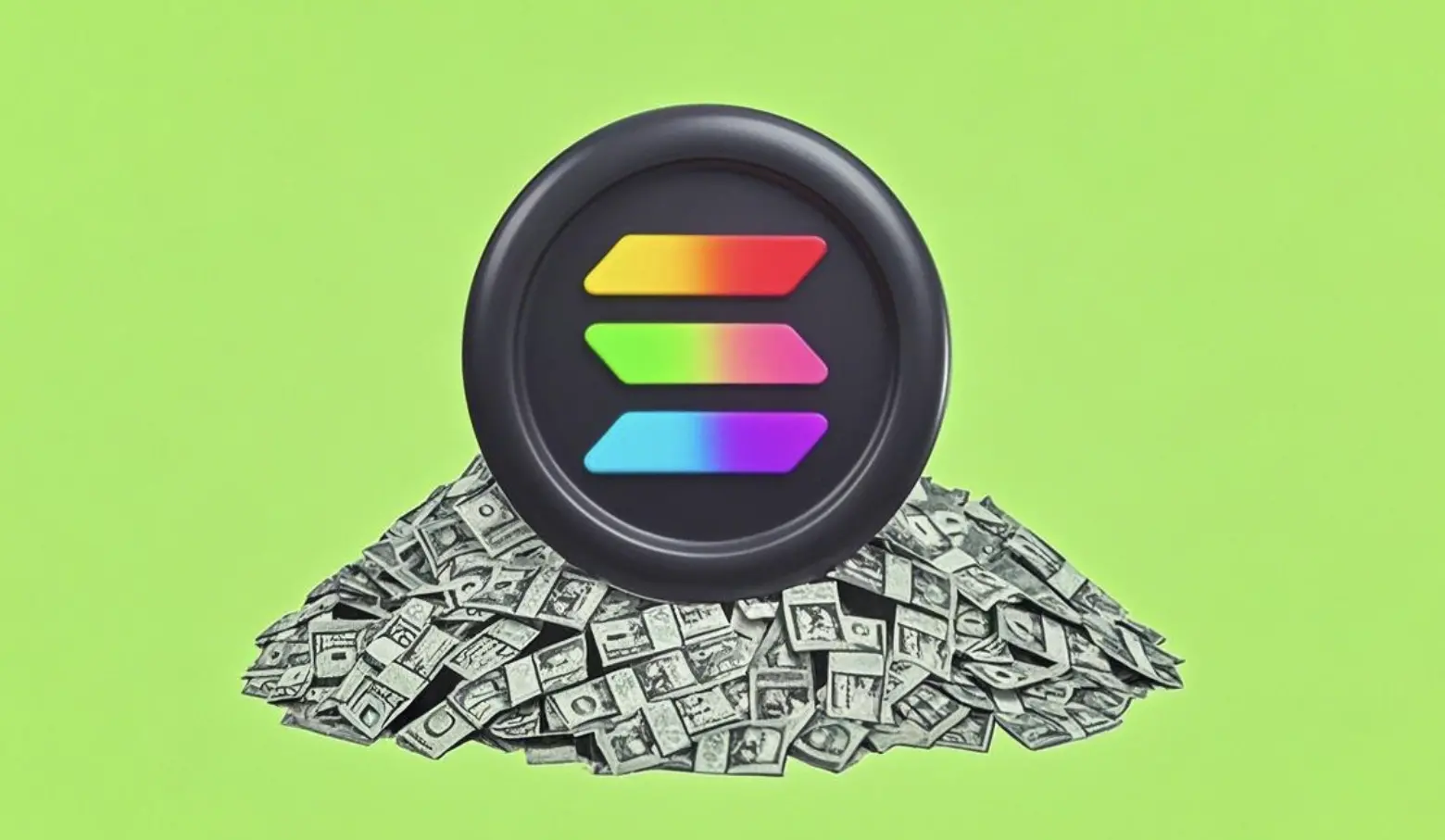Author: Fairy,
Edit: TB,
Global market sentiment has quickly recovered as Trump announced that it would lower tariffs on China. Bitcoin broke through $94,000, and Solana also rose above $150 in one fell swoop. In addition to macro positives, Solana's other disruptive growth engine seems to be quietly starting.
On April 21, U.S.-listed company Upexi announced that it had received a $100 million financing led by well-known crypto market maker GSR, of which about 95% will be used to establish and operate Solana's treasury reserves.
After Bitcoin, SOL is becoming the "next fulcrum" of corporate crypto strategy. Will Upexi's aggressive entry into the game set off a new wave of value in Solana?
Upexi is moving towards encryption
Since its establishment in 2018, Upexi has been focusing on the development, manufacturing and distribution of consumer products, with several innovative brands, such as Cure Mushrooms, pet care brand LuckyTail, and the Prax series focusing on energy gummy.

In 2024, to focus on the high-growth track, Upexi launched a drastic business restructuring: it sold E-core/Neti, Tytan Tiles and Clearwater, Florida warehouse, closed two Las Vegas operating sites and streamlined about 30% of its employees.
In order to enter the crypto asset market, Upexi has established two wholly-owned subsidiaries, ChainBitMiner and QuantumHash, which are specifically responsible for crypto investment management. Currently, the company's digital asset strategy mainly revolves around the allocation of Bitcoin mining and high growth potential altcoins. ChainBitMiner will build a diversified cryptocurrency portfolio, where 50-70% of assets will be held in Bitcoin, replacing traditional cash reserves. QuantumHash expands its digital asset portfolio through independent mining, aiming to achieve low-risk, leveraged treasury growth.
In the 2025 strategic roadmap released by Upexi, in addition to crypto mining and investment, Upexi also plans to explore blockchain projects with staking, decentralized lending and income generation models in depth. This series of layouts shows that Upexi is ready to "show off" in the crypto market.
Is Upexi's "Stau" the new engine of Solana?
Upexi is not fighting alone. Long before it, projects such as SOL Strategies and DeFi Dev Corp have already deeply laid out the Solana ecosystem. The following are their Sol holding statistics:

SOL Strategies chose a slow but steady path. Its growth model can be understood as "inorganic first, then organic": in the early stage, it mainly relies on external acquisitions to expand its business, and in the later stage, it gradually shifts to the natural growth brought about by the accumulation of its own team and infrastructure.
Upexi's playing rules are different, and it is directly "Shuha Sol", which is more like the Solana version of micro-strategy. Upexi has signed securities purchase agreements with some investors to issue and sell 43,859,649 shares of common stock or pre-subscribe warrants at a price of $2.28 per share, and is expected to raise up to $100 million. It plans to use approximately $5.3 million of the funds for working capital and debt repayment, and the remaining funds will be used to establish the company's Solana treasury system and increase its holdings in Solana assets.
A.G.P./Alliance Global Partners serves as the exclusive sales agent for this private placement. The transaction is expected to be completed around April 24, 2025, provided that conventional delivery conditions are met.
If this model of "listed companies continue to raise funds and continue to buy crypto assets" can be successfully replicated in Solana, then will Sol usher in a new round of explosion?
Upexi’s strategy: What is success or failure?
On the day Upexi announced the purchase of SOL tokens, the company's stock price soared from US$2 to a maximum of US$22, an increase of up to 1,000%. Although it subsequently fell back to $9, the market has fully demonstrated that the move has attracted widespread attention from the market.
Arif Kazi, business director of Sonic SVM, posted on the X platform that the move marks a "change in traditional capital markets' perception of on-chain returns." He stressed that Upexi does not allocate SOL for hedging purposes, but regards SOL pledge as an "infrastructure investment." This operation is likely to be the largest Solana native treasury configuration among listed companies in the United States, with pricing higher than the market price, no token incentives, no lock-up period, and no convertible bond structure.
“When the treasury strategy and the DeFi primitives are not just 'aligning', but 'acceleration',” Arif wrote. “Solana now has an operation manual that capital allocators can copy directly.”
But the market is not just applause, and doubts also emerge quickly.
Some people pointed out that due to its scarcity and the existence of long-term believers, Bitcoin can support Strategy to leverage its BTC position through debt instruments; while SOL has no supply limit and is more volatile. It is not easy to allow traditional institutions to accept a "high-risk, high-volatility, and continuous issuance" asset as its core treasury.
The chip distribution of SOL on the chain is different from that of BTC. Bitcoin’s “faith chain” can be continuously transformed into holding motivation, but SOL lacks this user structure. Community user @DL_W59 pointed out, "How to stimulate the willingness of holders to hold or even increase positions for a long time will be the key to the success or failure of Upexi's strategy."

Whether it is the Solana community, the traditional market, or the crypto VCs and regulators, they are watching Upexi's big bet. As traditional capital becomes increasingly deeply involved in the on-chain world, similar stories will continue to take place. In this era of the intersection of old and new financial orders, every "all in" is a big bet and a script preview about the future financial landscape. This time Upexi put his bet on Solana.
And this spring, the answer is being written.
















No comments yet